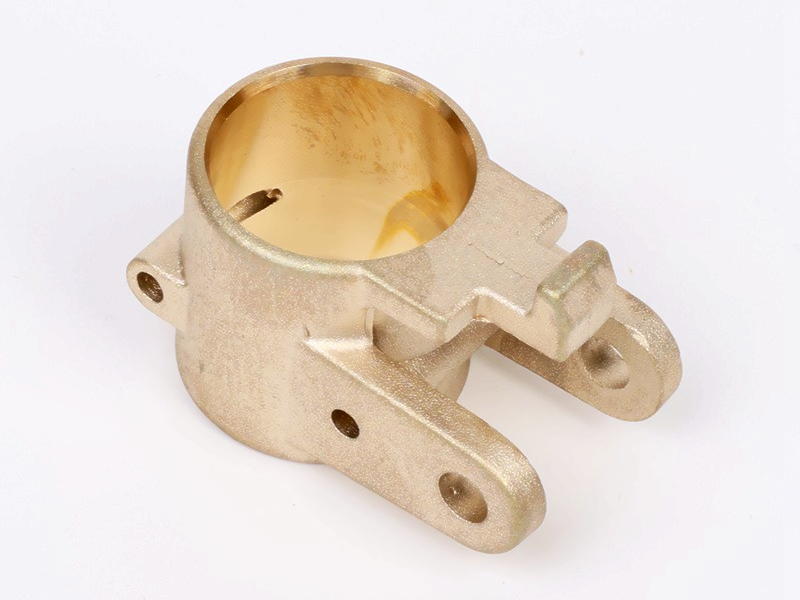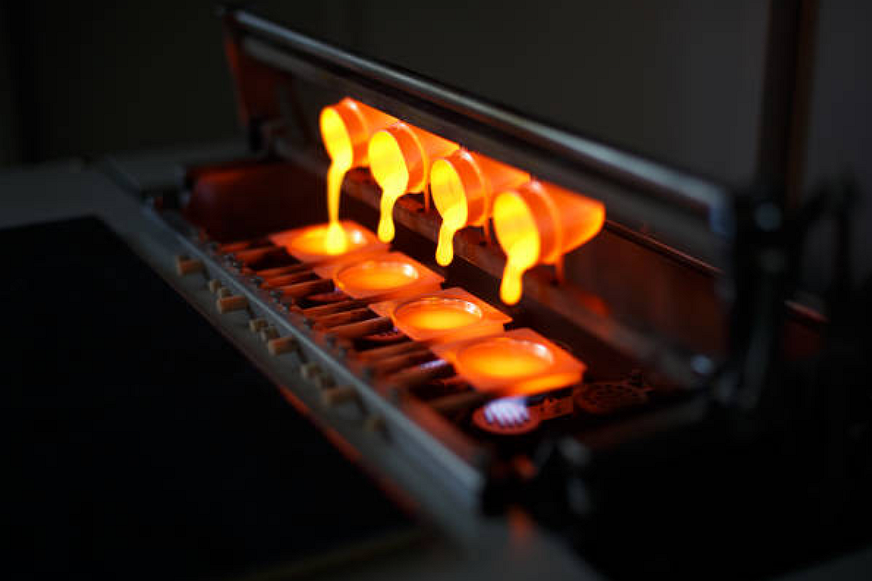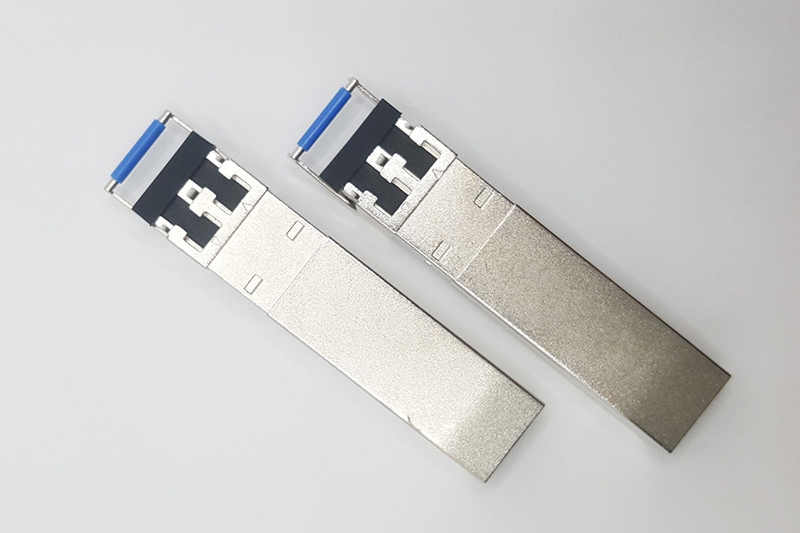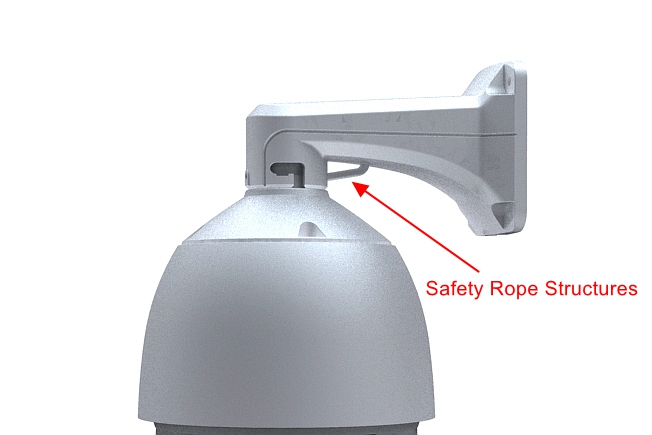Creative Casts: Achieving Design Flexibility and Complexity with Sand Casting
Introduction
Investment casting, commonly called lost-wax casting or precision casting techniques, has long been revered for its ability to produce intricate and precise metal components. In an era where sustainability and efficiency are paramount, investment casting stands out as an eco-efficient solution. This process allows manufacturers to craft complex, high-quality metal parts and significantly reduces environmental impact through efficient material use and waste minimization. This article explores how investment casting’s material versatility and production efficiency contribute to sustainable manufacturing practices across various industries.
Understanding Investment Casting
Investment casting involves creating precise metal components by forming a wax pattern coated in ceramic material. After the ceramic shell hardens, the wax is melted out, leaving a mold cavity into which molten metal is poured. Once solidified, the ceramic shell is broken away, revealing the finished product.
Investment casting supports many metals and alloys, including robust stainless steel, versatile aluminum alloys, titanium alloys, bronze, brass, and carbon and alloy steels. This versatility sets investment casting apart, enabling its widespread use in applications that require specific material properties and precise manufacturing standards.
Environmental Advantages of Investment Casting
Efficient Material Use and Waste Reduction
Investment casting minimizes waste by creating near-net-shape components, significantly reducing the amount of metal required. Compared to traditional manufacturing techniques like machining or sand casting processes, investment casting ensures minimal excess material, lowering overall waste and environmental impact.
High Recyclability
Investment casting frequently employs recyclable metals and alloys, making it inherently sustainable. Materials like nickel-based alloys can be efficiently recycled, reducing environmental impact and contributing to circular economy practices.
Energy-Efficient Manufacturing
Investment casting typically requires less energy per component compared to other casting methods. Its controlled heating and melting processes result in optimal energy utilization, lowering overall energy consumption and emissions.
Reduced Carbon Footprint
By minimizing material waste, leveraging recyclable materials, and optimizing production efficiency, investment casting substantially reduces carbon emissions, supporting businesses’ sustainability and environmental goals.
Economic and Operational Advantages
Reduced Costs Through Material Efficiency
Investment casting’s high precision and minimal waste production translate directly into cost savings. Businesses can significantly decrease manufacturing expenses by minimizing secondary machining processes and limiting material wastage.
Shorter Production Cycles
Streamlined processes and rapid production cycles are key advantages of investment casting. Fewer manufacturing steps accelerate production timelines and increase throughput, reduce labor, and decrease overhead costs.
Enhanced Product Quality and Performance
The inherent precision of investment casting delivers superior product quality. Accurately and consistently replicating intricate details enhances reliability, durability, and functionality, providing substantial value in medical devices and aerospace industries.
Market Competitiveness
Businesses utilizing investment casting can differentiate themselves by offering high-quality, sustainable products. The enhanced market appeal of precision-crafted components drives increased demand and improves brand reputation.
Real-World Industry Applications
Renewable Energy Sector
Investment casting produces essential components for renewable energy systems, including turbine blades and generator parts. The precision and durability achievable through this method support long-term reliability and operational efficiency in renewable energy installations.
Automotive Industry
In automotive manufacturing, investment casting is vital for producing lightweight, precise, and high-performance components like transmission parts, engine components, and exhaust systems. These advancements help manufacturers meet stringent fuel efficiency and emission standards.
Aerospace and Aviation
Precision and reliability are critical in aerospace manufacturing. Investment casting produces exceptional accuracy and strength components, such as turbine blades and structural supports, essential for flight safety. The eco-efficient aspects of investment casting align perfectly with aerospace sustainability initiatives.
Medical and Healthcare
Investment casting is widely employed in medical device manufacturing, creating high-precision, biocompatible components. Surgical instruments, implants, and diagnostic equipment benefit from this advanced manufacturing process's precision and material versatility.
Addressing Common Surface Finish Challenges
Despite its benefits, investment casting faces specific challenges in achieving desired finishes and precision, including minor surface defects, shrinkage, or inconsistencies in casting quality.
Best Practices for Overcoming Challenges
Adopting advanced precision CNC tooling and simulation technologies enables manufacturers to effectively predict and mitigate these challenges. Regular inspection protocols and collaboration with experienced casting providers ensure consistent, high-quality production outcomes.
Future Trends in Eco-Efficient Investment Casting
Advances in Sustainable Materials
Ongoing research focuses on developing alloys with superior environmental profiles, recyclability, and enhanced performance characteristics. Innovations like high-temperature alloys, including Inconel-based materials, will further enhance the eco-efficiency of investment casting.
Renewable Energy Integration
Integration of renewable energy sources into investment casting processes is becoming increasingly common. Utilizing sustainable energy reduces the manufacturing carbon footprint, aligning production with global sustainability objectives.
Automation and Technological Innovations
The adoption of automation and digital technology in investment casting continues to grow. Leveraging advanced manufacturing automation improves precision and consistency, reduces waste, and promotes efficiency, enhancing sustainability.
Conclusion
Investment casting’s eco-efficient characteristics, including material versatility, reduced waste, energy efficiency, and precision capabilities, make it an essential manufacturing process in today’s sustainability-conscious marketplace. Investing in casting is invaluable for industries seeking to minimize environmental impact, optimize production efficiency, and enhance product quality. Businesses adopting sustainable casting practices position themselves effectively for long-term success, benefiting economically while meeting corporate sustainability goals.
FAQs:
Why is investment casting considered eco-efficient?
What types of materials used in investment casting contribute to sustainability?
How does investment casting reduce waste compared to traditional methods?
What industries benefit most from eco-efficient investment casting?
What future developments could enhance sustainability in investment casting?




